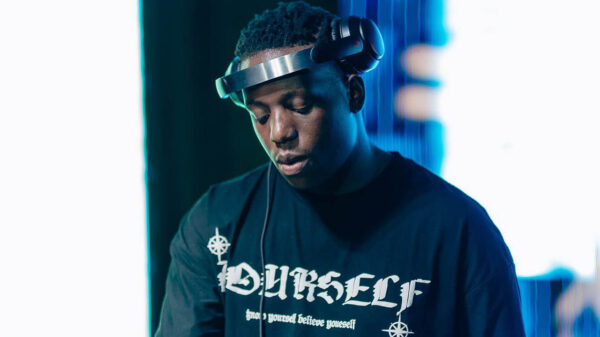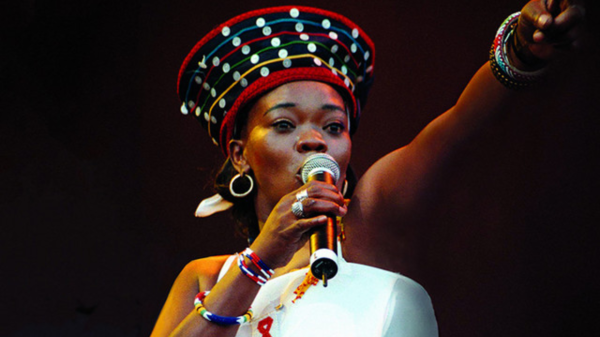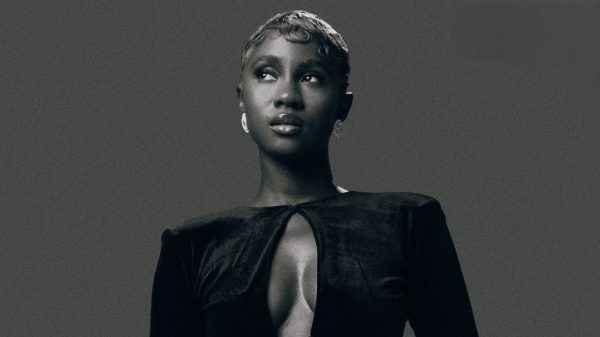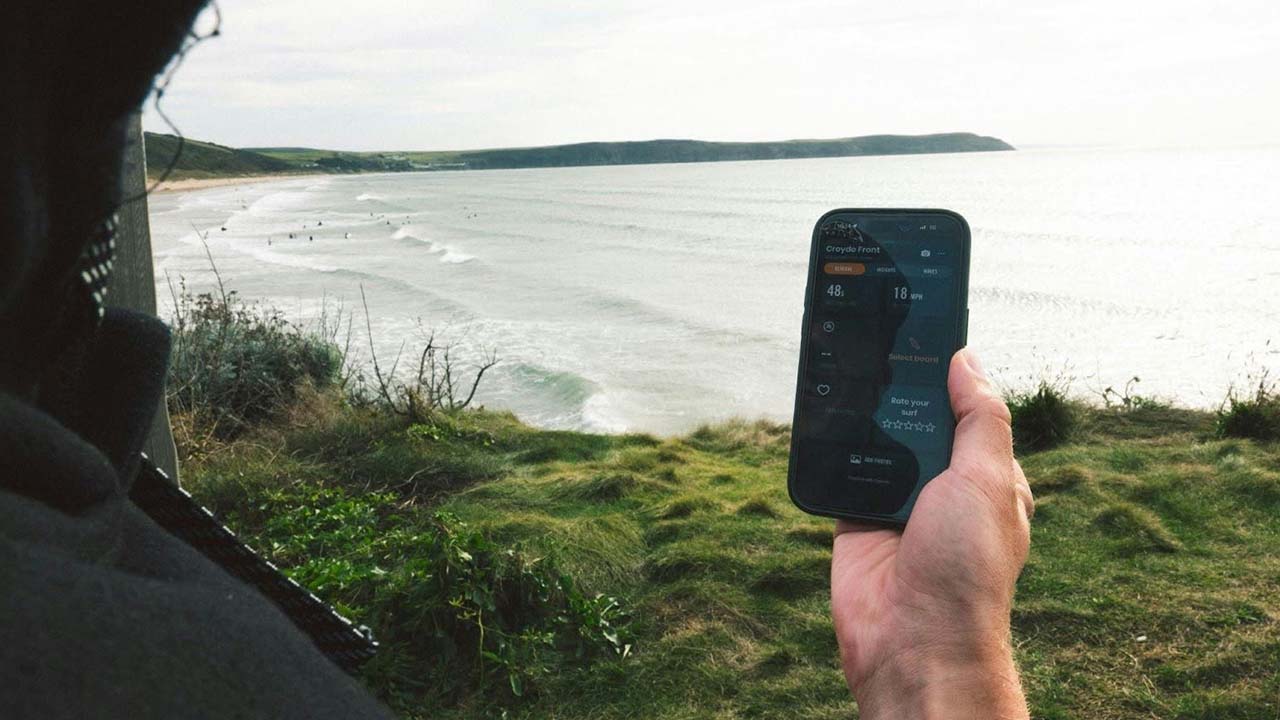Sports tech has levelled up hard in the last few years. Runners track every heartbeat, cyclists see live power numbers on their handlebars, and people in the gym check their workout stats right next to live match scores. When you choose gadgets smartly, they stop being toys and turn into a real performance toolkit: from GPS watches and cycling computers to smart scales and recovery tools.
This review walks through key gadget types for running, cycling and general fitness, then looks at how they connect with apps, data and even sports betting behaviour. The goal is simple: help you build a setup that fits your lifestyle instead of buying random gear that will end up in a drawer.
Running: GPS watches, footpods and bone-conduction headphones
For runners, the central gadget is still a good GPS sports watch. The best ones track pace, distance, heart rate, intervals, elevation and recovery. When you compare models, you want to look at battery life, satellite accuracy, comfort on the wrist and how easy it is to read the screen at speed. Big fonts and simple data fields help more than another fancy graph.
Footpods and smart insoles sit in the “nerd but useful” category. They give extra data on cadence, ground contact time, stride length and vertical oscillation. This helps if you are fixing technique or chasing a race PB. They are less essential for beginners but powerful for runners who already know their basic numbers.
Headphones deserve attention too. Bone-conduction models sit on your cheekbones and keep your ears open to traffic: great for city runs and early mornings. Traditional in-ear models often give better sound and stronger bass but block more outside noise. The right choice depends on where you run and how much you value situational awareness over sound quality.
Cycling: computers, power meters and smart lights
For cyclists, the equivalent of the running watch is a handlebar-mounted cycling computer. It shows speed, distance, route navigation, live elevation and sometimes weather alerts. A good screen and proper mounting position matter more than having every possible metric at once. You want to be able to glance quickly, not stare and miss a pothole.
Power meters are the big game changer. They measure the actual power you put into the pedals and let you train in precise zones rather than guessing from speed or heart rate. Crank-, pedal- and hub-based systems each have pros and cons: crank systems are often more robust, pedal systems are easier to move between bikes. If you ride seriously or race, a power meter is often a better investment than a new set of carbon wheels.
Smart lights and radars make a quiet but huge difference to safety. Lights that react to ambient brightness or braking help drivers see you. Rear radars that detect cars approaching from behind and send alerts to your computer sound like overkill until you try them on a busy road. Safety gear is not as “sexy” as aero frames, but it keeps you around to enjoy the sport longer.
Fitness and cross-training: wearables, smart scales and recovery tools
Even if you focus on one sport, your body doesn’t. Strength training, mobility work and recovery all shape performance. That is where general fitness gadgets come in.
Wearable bands and smartwatches track daily steps, sleep patterns, stress levels and basic exercises. They are not always as accurate as sport-specific devices, but they give a good “life dashboard”: are you sleeping enough, moving enough, resting enough. Smart scales add body composition estimates and trend lines over weeks and months, which matters more than any single number on a random Tuesday.
Recovery tools cover everything from massage guns and foam rollers to smart compression boots. None of them replaces solid sleep, hydration and nutrition, but they can help with circulation and muscle tightness. The key is consistency: using a basic roller three times a week is better than using expensive boots once a month.
Where data meets drama: training apps, scores and a sports bet
Data becomes more interesting when it connects to the emotional side of sport: live matches, rivalries and fan culture. Many people track their runs or rides on one screen and follow scores on another. During a big game or race, some fans analyse stats, compare odds and place a sports bet while chatting with friends about tactics and form.
This crossover between training apps and betting apps changes how people experience sport. Instead of passively watching, they treat matches as an “extension” of their own routine: they log a workout, then sit down to watch the game, track player performance and check how their prediction is going. The important part is to keep priorities clear: training first, entertainment second, so that betting stays a side activity instead of running the show.
Smart habits: balancing gear, fitness and when you bet
The same mindset that helps you manage gadgets will help you manage betting behaviour. You set a budget for devices, you research before buying, and you resist every flashy new launch. The same logic can be applied when you decide to bet on a match: set a bankroll, keep stakes small compared with your income, and treat losses as entertainment costs rather than a problem you need to “fix”.
Many people now watch a game while their watch tracks heart rate and stress response in real time. If your pulse spikes in every close moment, that’s a reminder that you are already getting the adrenaline hit from the match itself. You do not need huge stakes to make it exciting. Light, controlled betting plus smart gear can make match days more fun without wrecking your training plan or your finances.
How to choose your setup without overbuying
With so many gadgets available, it is easy to overspend. A simple rule: start with one core device for your main sport, then slowly add only what solves a clear problem. If you run, that core device is a GPS watch. If you cycle, it is a bike computer. If you are mainly in the gym, a decent smartwatch with reliable heart-rate tracking is enough to begin.
Before buying anything else, write down what you actually want to improve: pacing, navigation, safety, recovery, motivation, or social connection. Then pick gadgets that directly support that goal. If a device does not answer a specific need, it should stay on the wish list, not in your cart.
Final thoughts: tech as a support system, not a prison
Sports gadgets are at their best when they support your life instead of controlling it. They can nudge you out for a run, remind you to stretch, keep you visible on the road and connect you with friends and favourite teams. Combined with a calm attitude to betting and a realistic view of your own limits, they help you stay active for years, not just for one training block.
In the end, you want your gear to feel like a well-curated playlist: a few essential tracks you love, updated from time to time, always there to give you energy rather than noise.
















































































































